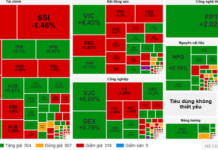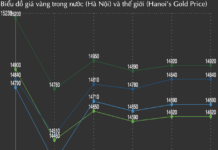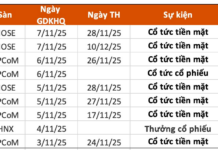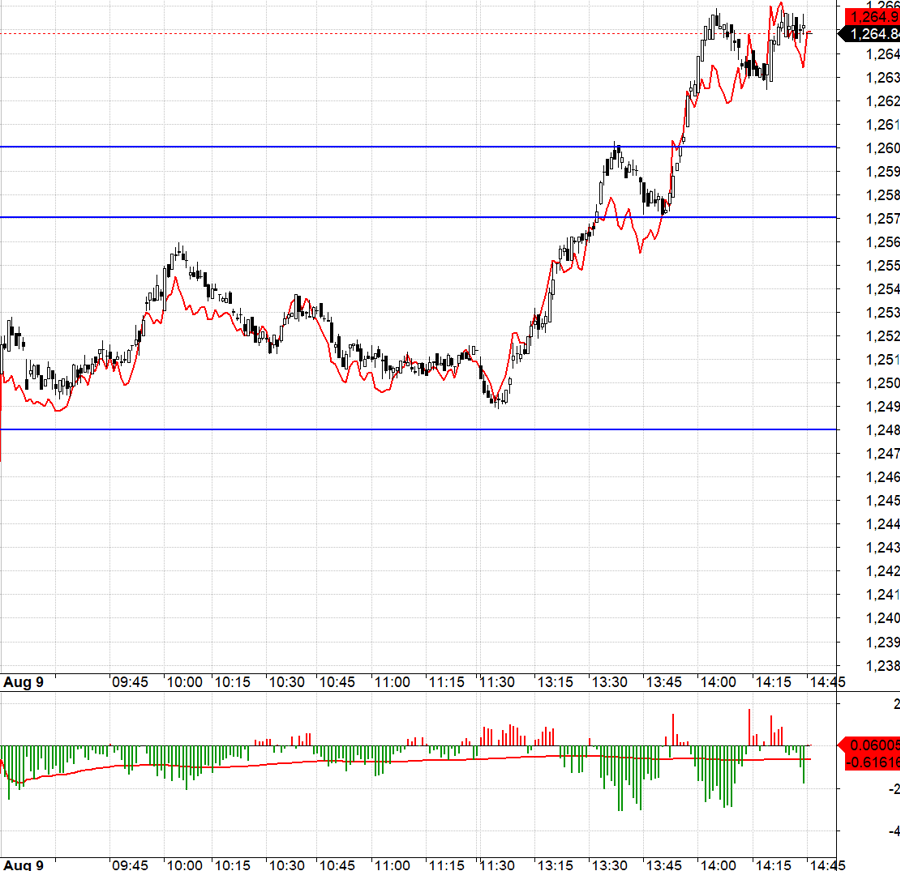External negative information has quickly faded, interspersed with a few positive signals that have helped alleviate fear in the market. Active buying force increased significantly in the afternoon session, pushing stock prices up across the board, with many codes opening up strongly.
The market has escaped the state of polarization and narrow-range fluctuations today, with slightly better liquidity. Basically, it is still a cautious mentality when prices rise unexpectedly, buy orders lag far behind while sell orders are still thin. This led to a session of large increases in stock prices, but the total liquidity did not change significantly.
This week, the average matching order value of HSX and HNX was around 15.7k billion VND per session, but excluding the first session of the week at nearly 22.8k billion VND, the last four sessions matched less than 14k billion VND per session. So, liquidity on the recovery side is still low. VNI increased by 35.6 points in these four sessions, unable to make up for the loss in the first session of the week (-48.53 points). However, it is easy to see that many stocks have erased the “shock” of that day, and even rebounded higher. This is the clearest signal that stocks can bottom out before the index and recover faster than the index.
When the psychological impact factors are no longer as strong as before, the market naturally gets rid of the burden. In fact, there is no big problem in the domestic market, it is just that investors’ concerns are suddenly dominated by overly dense media about changes abroad. For example, US stocks peaking and adjusting are not similar to the domestic up and down rhythm but attract attention; The fact that asset markets plummet due to fluctuations in the Japanese Yen is also not the reason for foreign capital to sell domestically… Everything is psychologically linked together into a chain of causes and consequences, leading to a very emotional reaction.
Over time, such reactions will fade. Those who want to run out have already sold, so selling pressure will naturally decrease. Whether the money is ready to buy or not, the seller calms down, will be the premise for the market to self-balance. In recent days, surfing transactions have also not made the market shake too strongly, and the selling demand at the down sessions is small.
Currently, good prices for buying are still in some stocks, but the codes that are noticed and accumulated and show better strength have rebounded strongly. Capital has been stimulated and is likely to start rising again next week. Now is the time to sit back and let the money that comes later finish the job.
Today’s derivative market is favorable for both Long and Short because the F1 basis is quite tight. However, in the morning, VN30 fluctuated within a range of 1257.xx to 1248.xx with a difference, so the entry point was not standard. In the afternoon, it was easier, both the increase from near 1247.xx to the breakthrough of the trapped range of 1260.xx – 1257.xx were very sharp, and Long was very beautiful. Unfortunately, in the last increase of VN30, it failed to reach the expected resistance at 1273.xx due to the lack of strength of some pillars VHM, VIC, GAS. If these codes continuously rebounded to the reference price or exceeded slightly at the end of the session, VN30 would definitely reach the final destination.
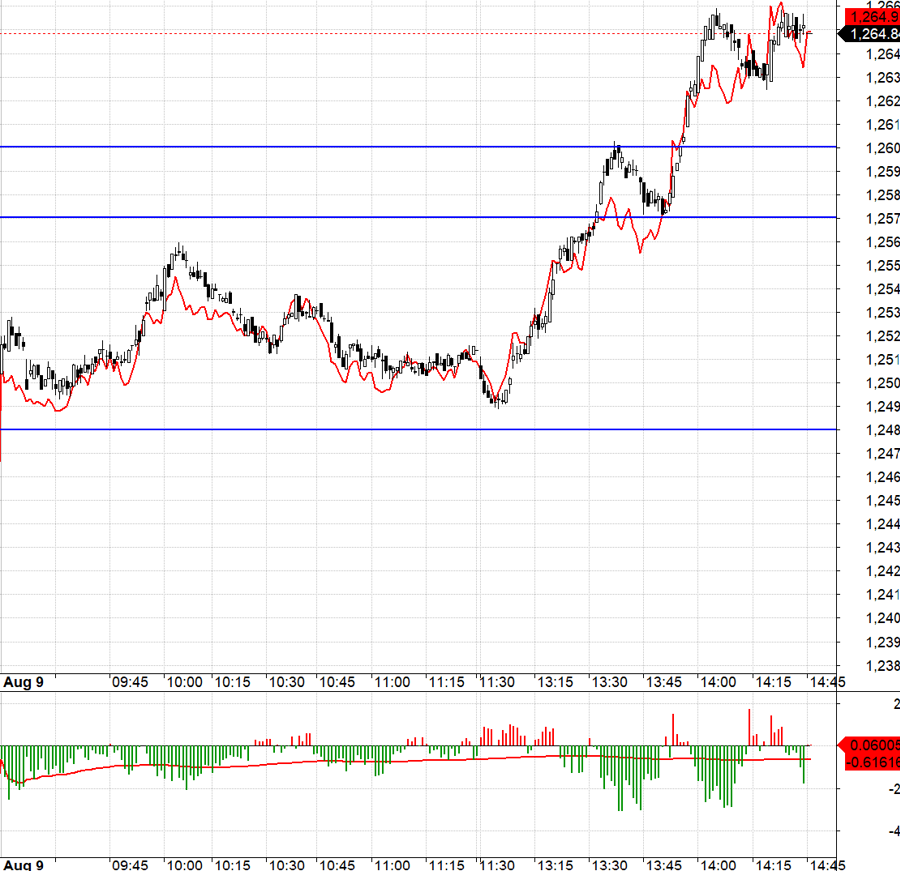
The last session’s increase is thought to be catalyzed by some good news, for example, the easing of tensions in the Middle East. However, in fact, it is the fear that is dispelled, everything becomes “boring” and attention returns to internal factors. There is a chance for the market to recover further. The strategy is to be flexible in Long/Short, prioritizing Long if the underlying market starts slowly.
VN30 closed today at 1264.84. The nearest resistance for the next session is 1275; 1285; 1290; 1298; 1308. Support 1260; 1257; 1246; 1238; 1232.
“Stock Blog” is personal and does not represent the opinions of VnEconomy. These views and evaluations are of individual investors and VnEconomy respects the author’s point of view as well as writing style. VnEconomy and the author are not responsible for any issues related to the investment evaluations and opinions posted.

